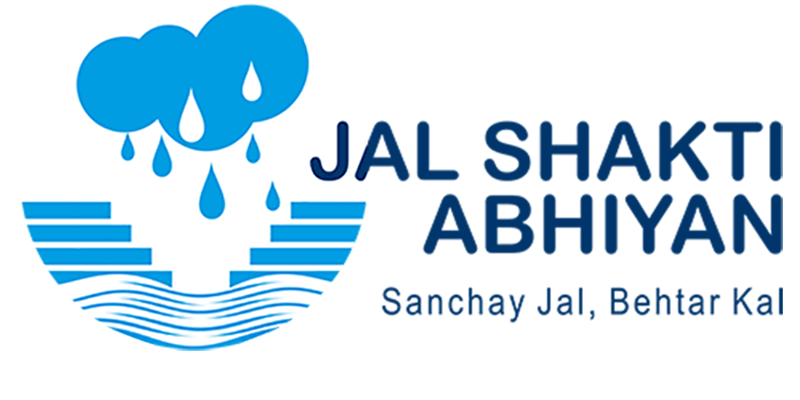
Ministry of Housing and Urban Affairs (MoHUA) launched Jal Shakti Abhiyan (Urban)-2021 on 22 March 2021 by Hon’ble Prime Minister of India.
It will be implemented from 01 April 2021 to 30 September 2021 in South West Monsoon States/UTs.
This Abhiyan forms the part of AMRUT Mahotsav being orgaonised by the Government of India to commemorate 75th Anniversary of India’s independence.
Urban Local Bodies are recommended to develop a shelf of projects from 22 March to 30 April 2021.
